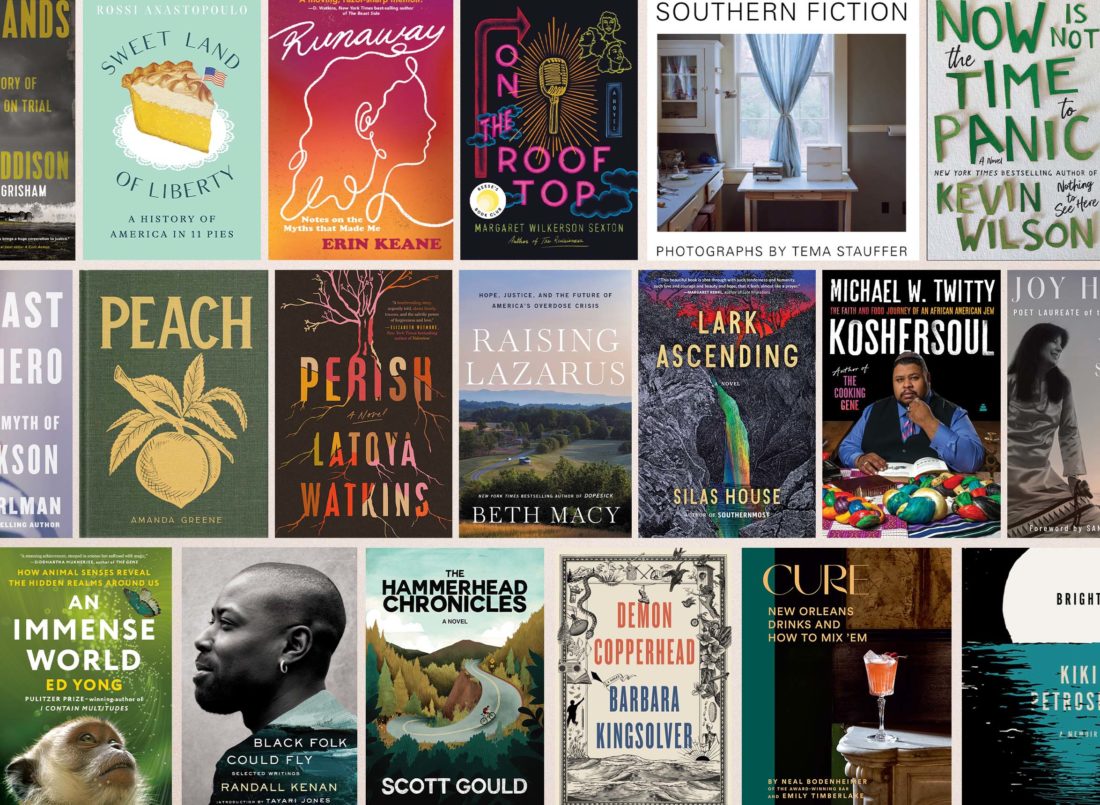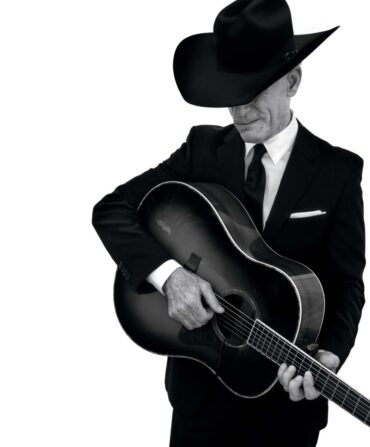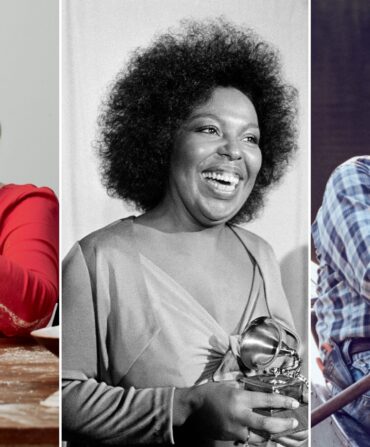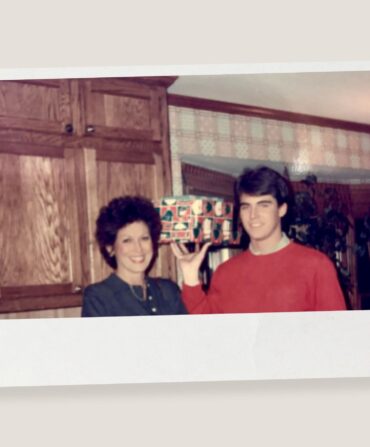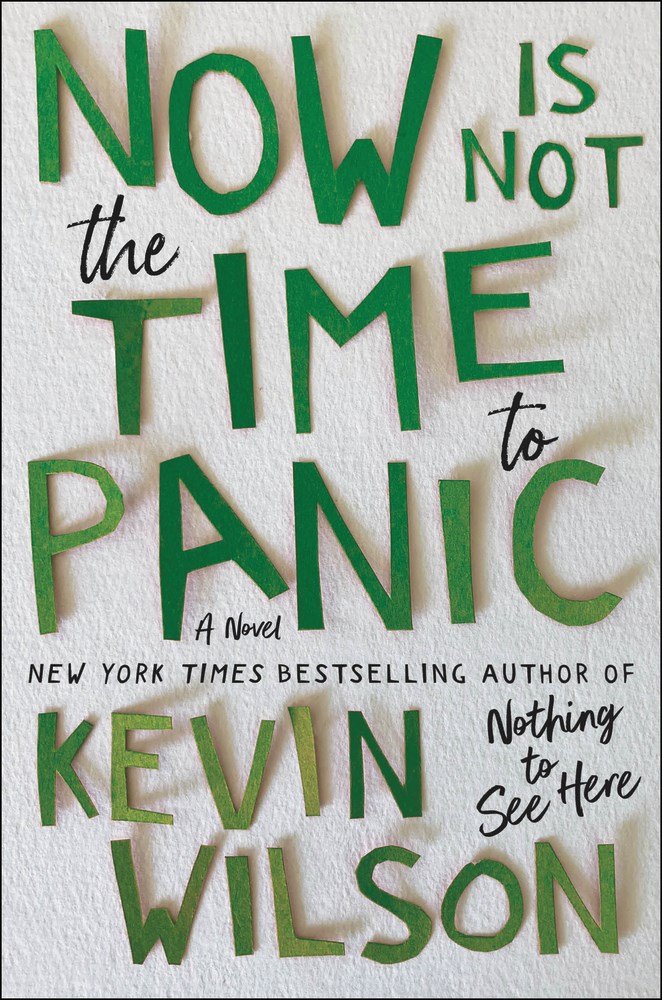
Now Is Not the Time to Panic, by Kevin Wilson
The G&G staff chat buzzed when we heard that the author of the utterly memorable novels The Family Fang and Nothing to See Here has a new one on the way. I scored a preview copy of the November release and tore through it in fewer than twenty-four hours. It’s 1996, and “the Coalfield Panic” has taken hold of a small Tennessee town after two teens create an ominous flyer and distribute hundreds of copies—on business windows, in mailboxes, tucked into library books. The fallout is swift and the inability of the artists to control the interpretation (and repercussions) of their work ripples through the decades. —Amanda Heckert, executive editor

Black Folk Could Fly: Selected Writings, by Randall Kenan
I went to the launch party of my late buddy Randall Kenan’s collection of nonfiction essays, Black Folk Could Fly. I loved Randall both as a writer and as a friend. The book contains some pieces that are long and detailed and others that are more like fragments of things to come. The introduction is by Tayari Jones, a writer I also admire but had never met. She had spoken at the event, and I wanted to introduce myself and thank her. From out of nowhere came this Southernism, “Randall was such a doll baby!” Her eyes lit up and she replied, “Yes, that’s exactly what he was.” —Chef Bill Smith, contributor
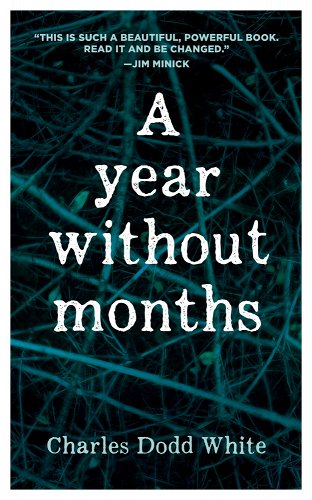
A Year Without Months, by Charles Dodd White
Talk about a slim book with a powerful and emotional punch. White wrestles with unfathomable loss, difficult relationships, and the loss of Appalachia, yet somehow finds beauty and truth. —Dave DiBenedetto, editor in chief
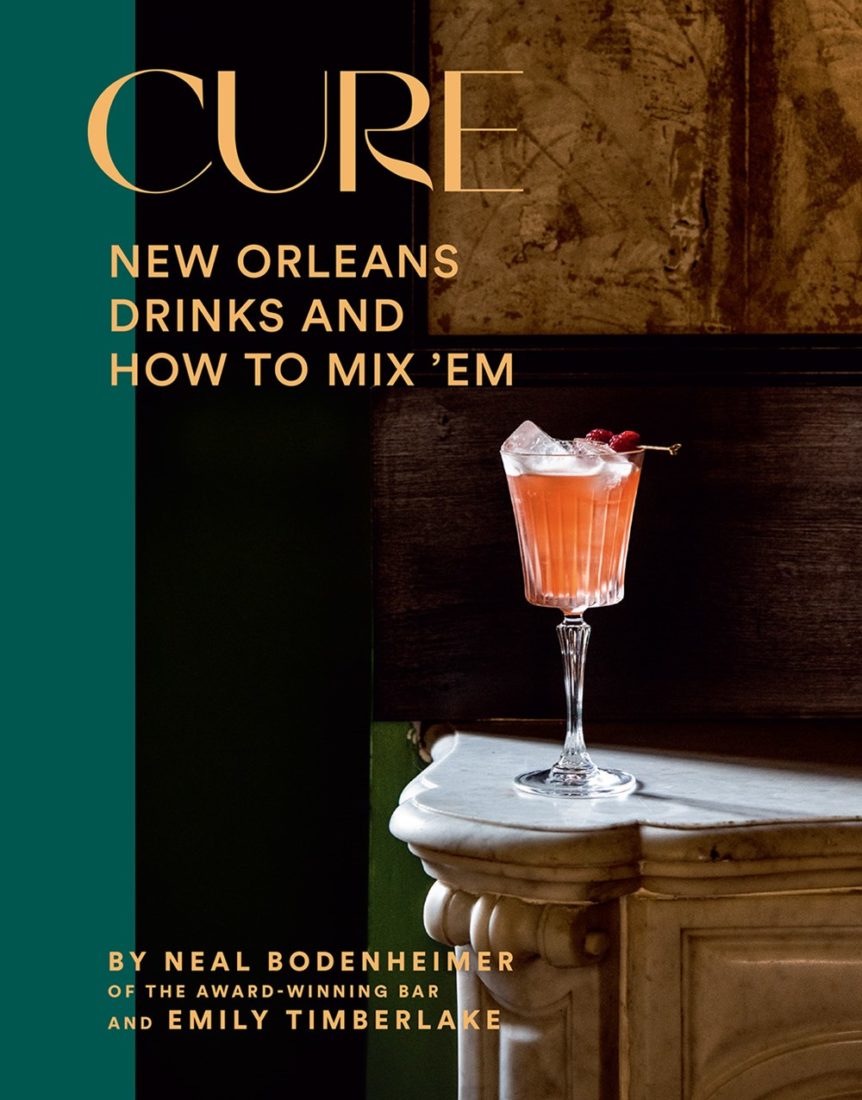
Cure: New Orleans Drinks and How to Mix ’Em, by Neal Bodenheimer and Emily Timberlake
I’m in serious need of a shake-up when it comes to my drink-mixing routine, and I’m not sure there’s a better source of inspiration than Neal Bodenheimer. A New Orleans native and the founder of the James Beard Award–winning Cure among other fine drinking establishments, Bodenheimer is a leading authority on the city’s cocktail culture, past and present. The hundred-plus recipes in Cure cover the classics to be sure, but they’re just the starting point for all kinds of intriguing riffs. Slings, sours, flips, fizzes, negronis, martinis, cobblers—there’s more than enough here to keep me mixing and muddling for months. —Dave Mezz, deputy editor

Runaway: Notes on the Myths That Made Me, by Erin Keane
Runaway is a beautifully written memoir that introduces a fresh, compelling voice. Keane pieces together the story of her mother as a young woman and examines the ways we can never completely know our own family histories, even as she explores the way pop culture can buoy us. —Silas House, contributor
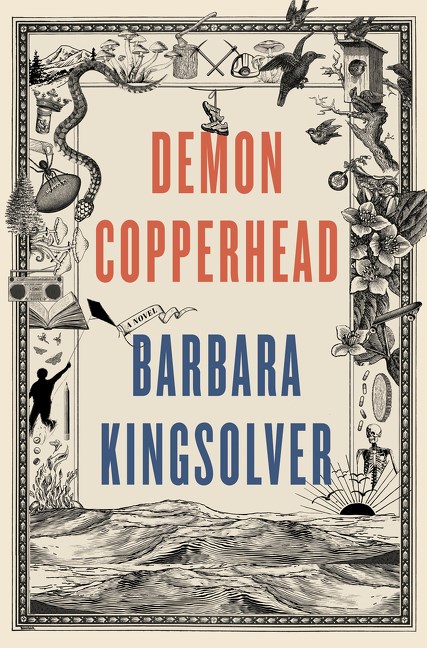
Demon Copperhead, by Barbara Kingsolver
It’s so un-put-downable! The lede sentence is, “First, I got myself born,” and Demon’s voice soars from there. It’s a tale of a young man growing up in a single wide with a single mom against the backdrop of the opioid crisis in Lee County, Virginia, the same place where Dopesick (my book and the show) was set. Demon is a voice for the ages—akin to Huck Finn or Holden Caulfield—only even more resilient. I’m crazy about this book, which parses the epidemic in a beautiful and intimate new way. I think it’s her best. —Beth Macy, contributor
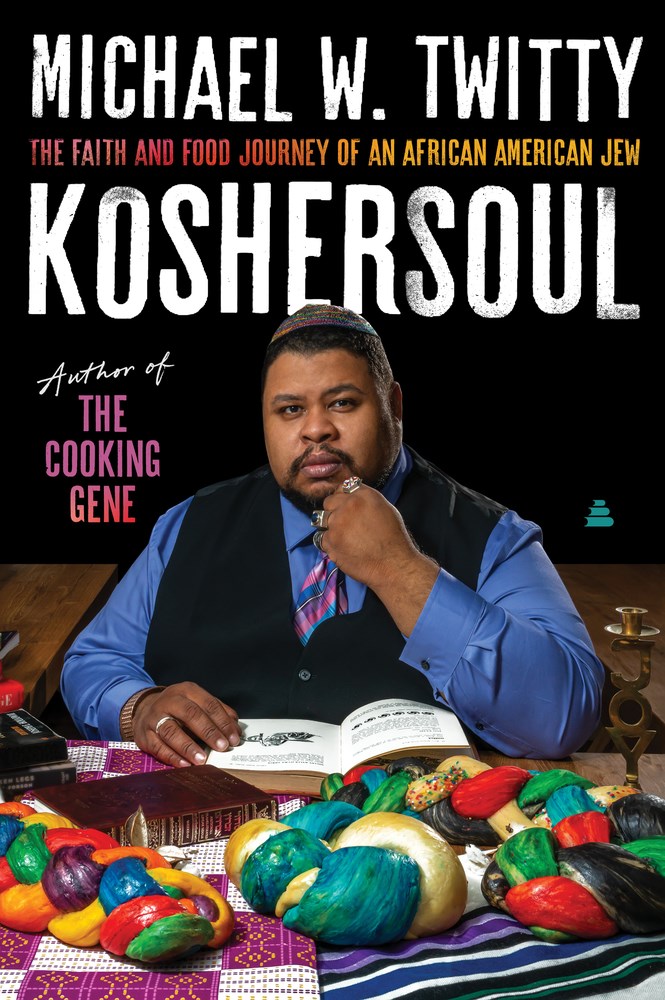
Koshersoul: The Faith and Food Journey of an African American Jew, by Michael W. Twitty
Twitty’s previous book The Cooking Gene was one of my favorite books of 2017, and I’ve been *patiently* awaiting the second book in what he calls a three-book series exploring the culinary history of the African diaspora. His writings on food and identity always bring an interesting perspective and make him a trustworthy gustatory guide. I look forward to learning more about the food traditions of the African Atlantic and the global Jewish diaspora from him. —Latria Graham, contributing editor
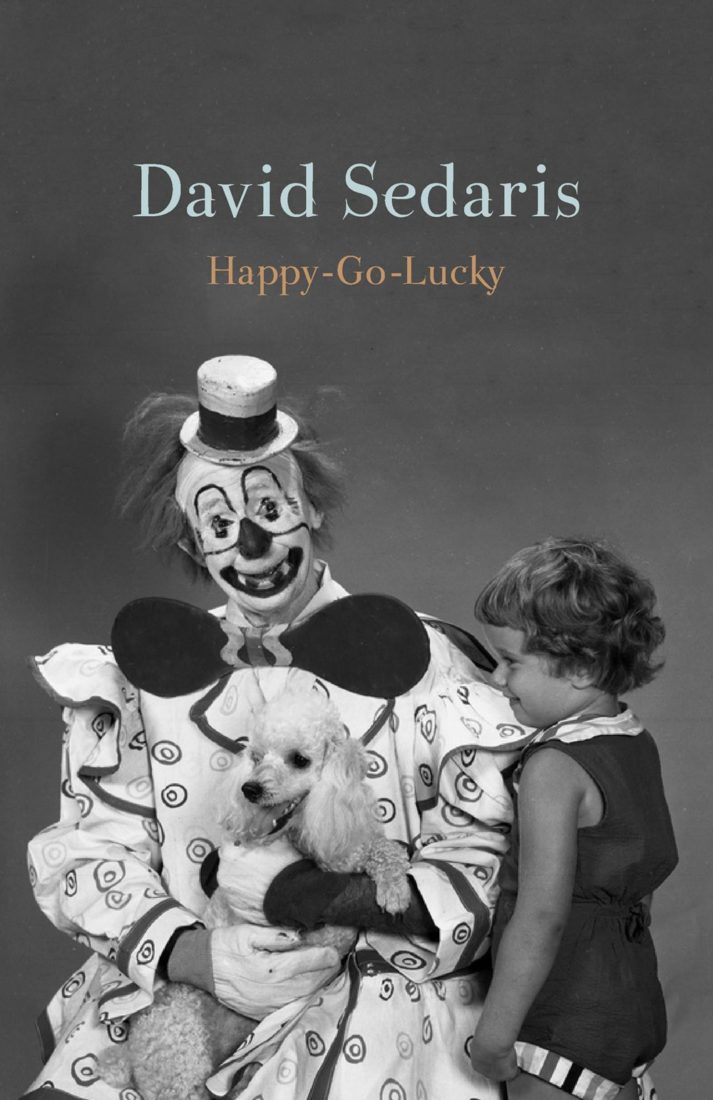
Happy-Go-Lucky, by David Sedaris
At the very top of my TBR list this fall is David Sedaris’s latest collection of personal essays, Happy-Go-Lucky. Back in college, I fell in love with his comical, and sometimes heartbreaking, reflections on his life and almost twenty years later, I reread his stories often. He once said in a G&G interview, “Somebody said the other day, ‘Is writing cathartic?’ And it’s not. But, that said, it’s how I make sense of the world.” I couldn’t agree more. —Emily Daily, newsletter editor
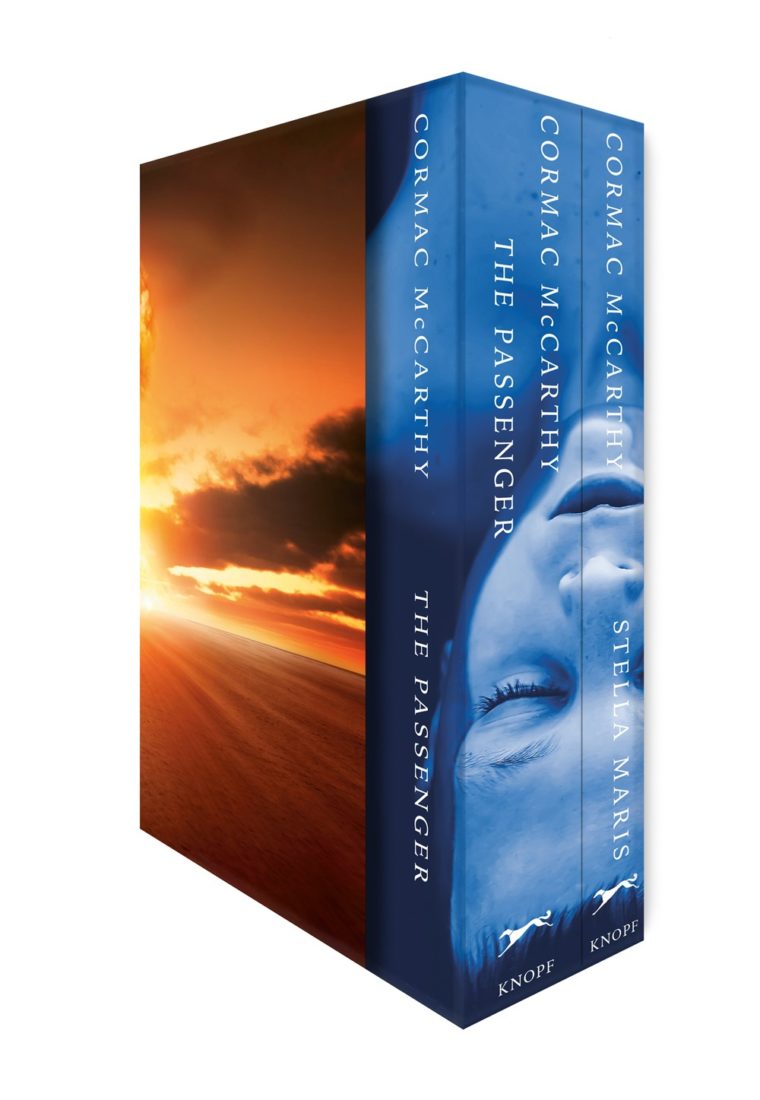
The Passenger and Stella Maris, by Cormac McCarthy
Two new Cormac McCarthy novels. For the bookish public, that’s a headline in itself. The notoriously private eighty-nine-year-old author of Blood Meridian, All the Pretty Horses, and The Road reigns as a titan of American lit—an undisputed heir to Melville and Faulkner, the subject of infinite grad-school theses, and a hard-nosed dispenser of what Saul Bellow called “life-giving and death-dealing sentences.” Since 1965, when his first book (The Orchard Keeper) appeared, he’s been turning paper and ink into thunder and lightning.… Taken together, The Passenger and Stella Maris are an intellectually breathtaking achievement. —Jonathan Miles, contributing editor, in his review in the October/November issue
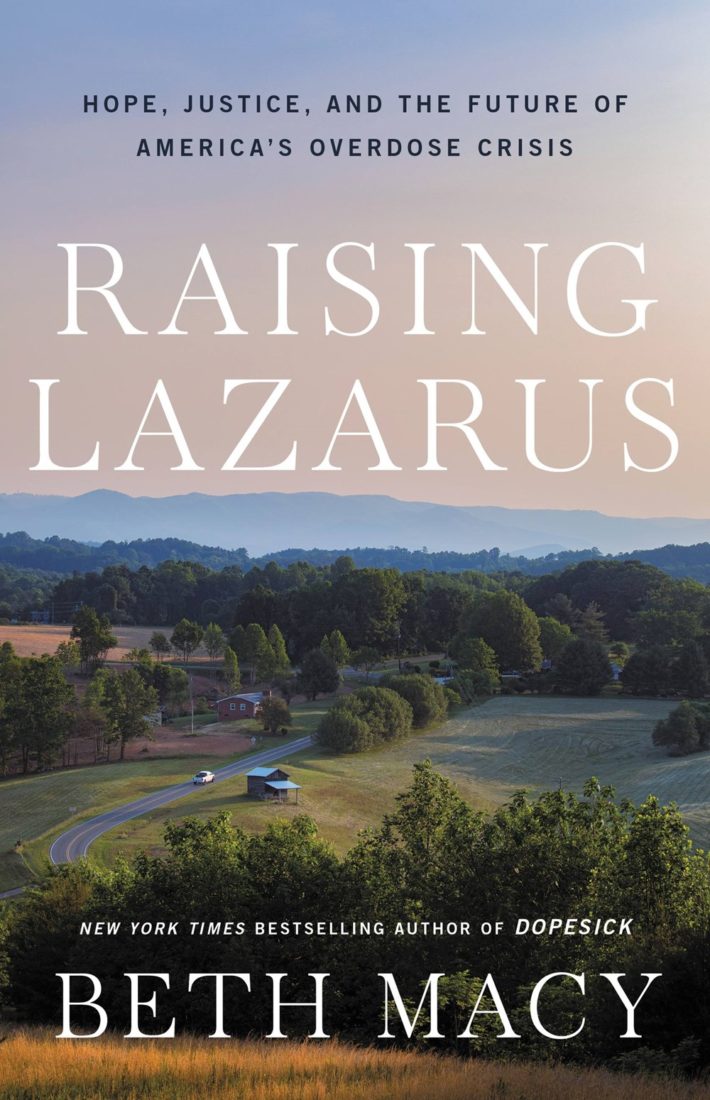
Raising Lazarus: Hope, Justice, and the Future of America’s Overdose Crisis, by Beth Macy
With her empathetic reporting and fearless fact-finding, Beth Macy reports on the opioid crisis like no other. Here, she brings a bit of hope after her devastating first book on the topic, Dopesick (which then became a popular Hulu series). More hope—from a recent issue of G&G, read where Macy herself finds joy: digging in her Virginia garden. —CJ Lotz, senior editor
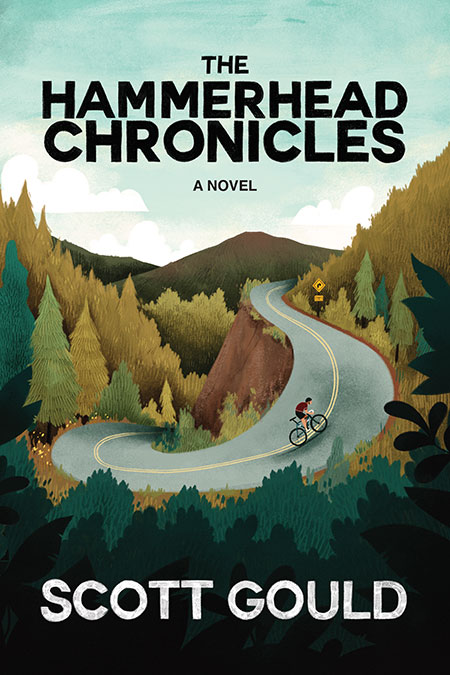
The Hammerhead Chronicles, by Scott Gould
This novel, set in a small South Carolina town, illuminates the threads that connect us as communities, families, friends, and even enemies. The voices of an oddball cast of characters weave into a luminous pattern of fate and will, grief and desire, which sheds light on the families to which we’re born, the families we make, and the families we find along the way. Did I mention it’s funny, too? —Taylor Brown, contributor
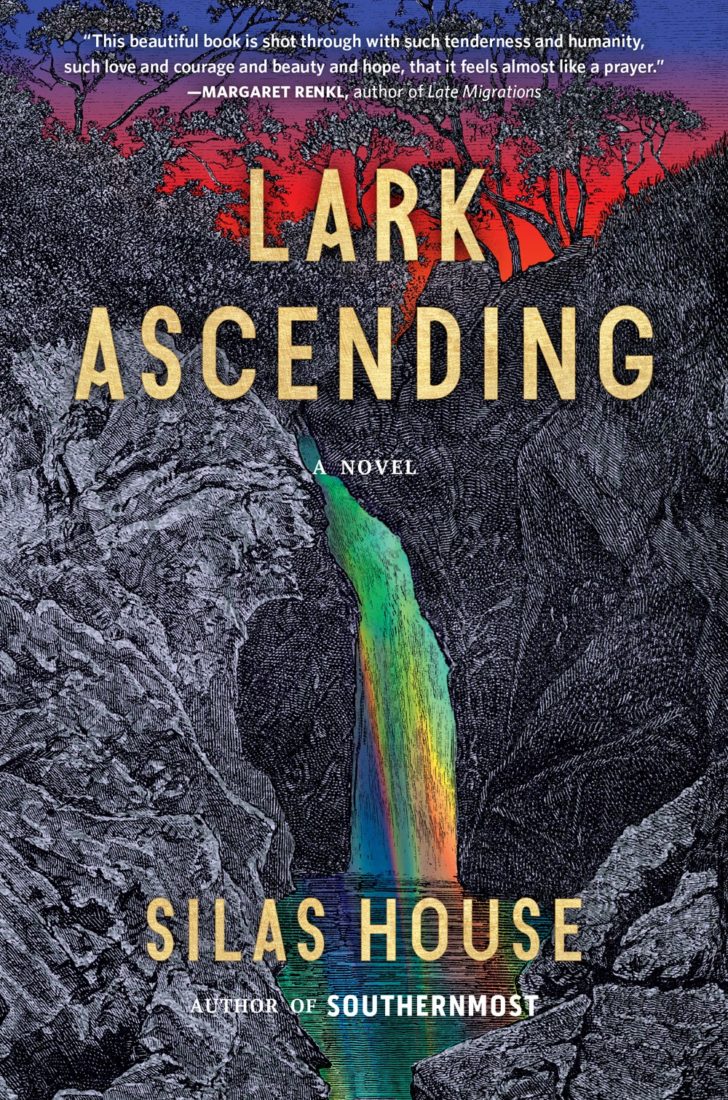
Lark Ascending, by Silas House
I love dystopian novels, so I’m interested to see how one of my favorite Southern authors (and neighbor) brings his keen ability to embody hope and humanism to a not-too-distant world beset by widespread fires and human-caused suffering. —Tom Wilmes, contributor

Weaving Sundown in a Scarlet Light: Fifty Poems for Fifty Years, by Joy Harjo
In one of those moments when parents do know exactly what’s best, a couple of years ago, my mom and dad made it a point that our family attend a reading by Joy Harjo at the very cool Atlantic Center for the Arts in New Smyrna Beach, Florida. I was moved by her words then, and I continue to follow the writing of the Mvskoke/Creek Nation poet, who selected fifty works to celebrate her three terms as U.S. Poet Laureate. A treasure of a collection. —CJ Lotz
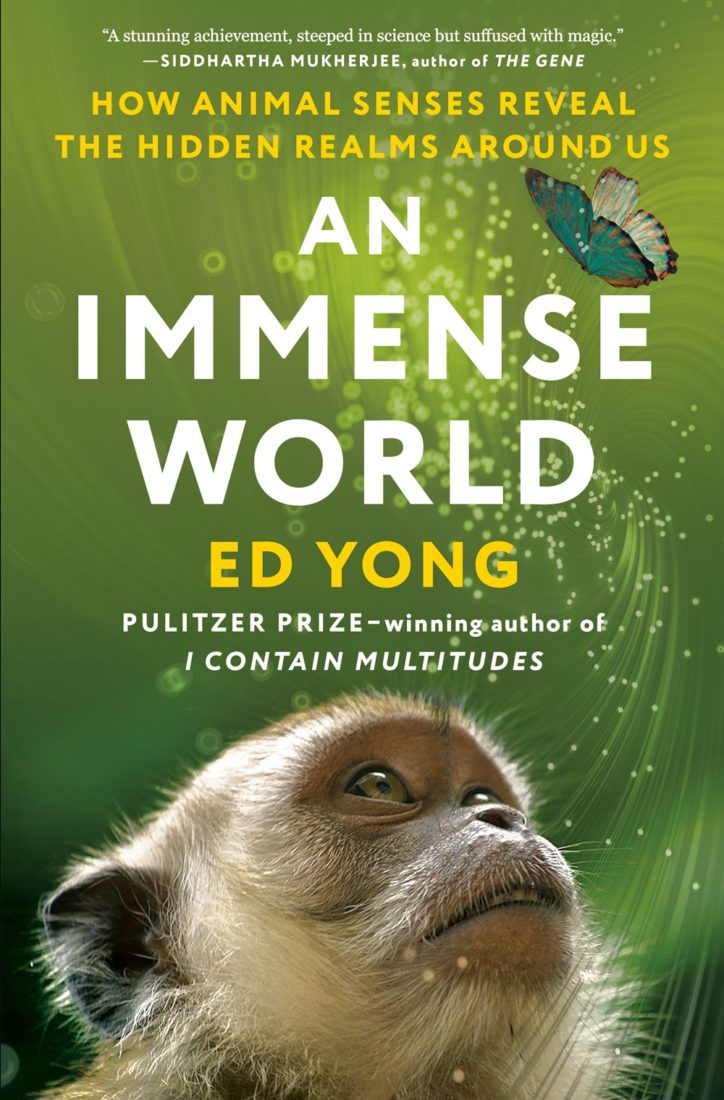
An Immense World: How Animal Senses Reveal the Hidden Realms Around Us, by Ed Yong
As penance for my lightweight summer reading, I’ve just started An Immense World. What an incredible, intoxicatingly readable examination of how animals perceive the world. I feel better about myself already. —T. Edward Nickens, contributing editor

Southern Fiction, by Tema Stauffer
When I was in college, my dad and I set out on a road trip through the South to research for my senior thesis, stopping in at the homes and sites celebrating various canonical Southern writers like Flannery O’Connor, Alice Walker, and Eudora Welty. (In case you hadn’t guessed, I was an English major.) This new book by the photographer Tema Stauffer travels that road through hauntingly beautiful photographs alongside essays by great modern-day writers including Honorée Fanonne Jeffers, and after reading her novel The Love Songs of W.E.B. Du Bois, I will read anything she writes. —Caroline Sanders Clements, associate editor

Bright: A Memoir, by Kiki Petrosino
Because I adore the poetry of UVA professor Kiki Petrosino, I’m excited to read her lyric memoir, Bright. The slang term “bright” is used to refer to light-skinned people of Black and white ancestry—Petrosino was raised in a mixed Black and Italian American family—and her memoir reflects on race, inheritance, and history. —Beth Ann Fennelly, contributor
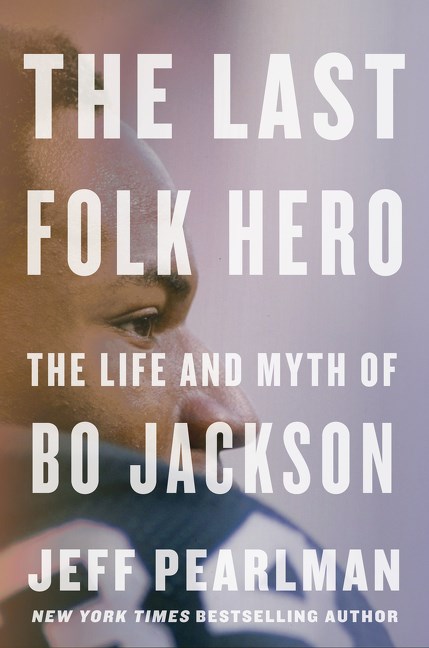
The Last Folk Hero: The Life and Myth of Bo Jackson, by Jeff Pearlman
I’m always interested in the mythmaking behind athletes because they’re often our stand-ins for superheroes, and that gets complicated quickly. —Latria Graham
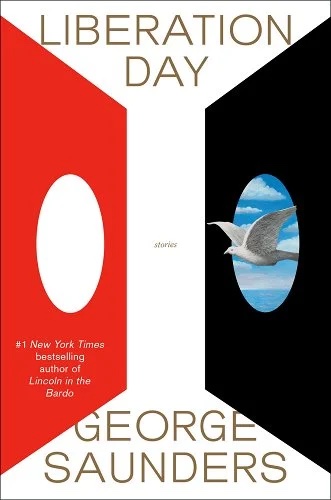
Liberation Day: Stories, by George Saunders
I just preordered George Saunders’s Liberation Day. Few books have moved me as greatly as his 2017 Man Booker Prize–winning novel, Lincoln in the Bardo, a haunting look at Abraham Lincoln in the months following the death of his son Willie in 1862. This latest offering is very different—a collection of short stories from the Texas-born author—but I’m hoping it’s just as immersive. —Kinsey Gidick, contributor

Peach, by Amanda Greene
The Bitter Southerner just released this beautiful visual love letter to peaches. It has gorgeous spreads of peach stands and orchards, and it includes recipes from Southern chefs including Sean Brock and Vivian Howard. The photos take me straight back to driving through the countryside in Upstate South Carolina with my mom and pulling over for a tasty peach slushie. —Gabriela Gomez-Misserian, digital producer
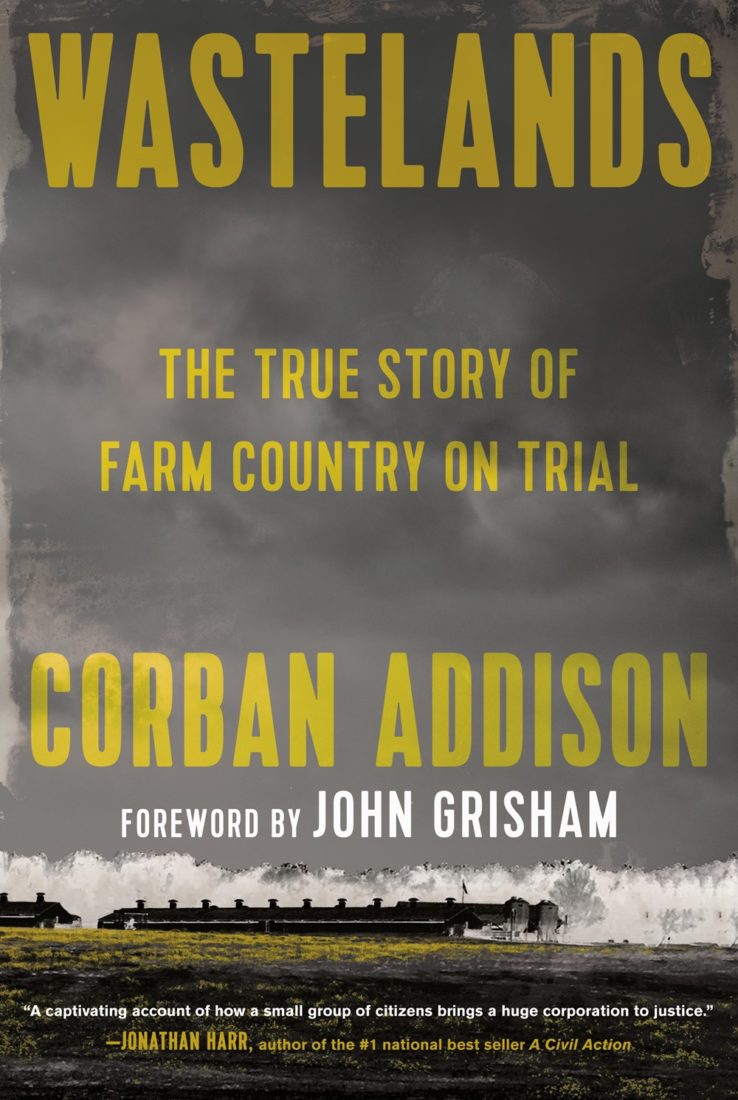
Wastelands: The True Story of Farm Country on Trial, by Corban Addison (foreword by John Grisham)
This is one of those stories that I’m upset I didn’t have the legal know-how and research chops to write. For years I’ve heard about the environmental concerns stemming from lagoons of hog waste in North Carolina, as well as the bind that hog farmers up there were in when they tried to change their ways. I’m glad this book about people fighting back against corporations polluting their air and water exists. —Latria Graham

Sweet Land of Liberty: A History of America in 11 Pies, by Rossi Anastopoulo
I’m loving this tasty way of looking at history—through pumpkin pie, apple pie, cherry pie, Jell-O pie, and a handful of other iconic American desserts. I’m also happy to see that this on-the-rise writer—who has contributed some very fun food stories to G&G, like this one about Chapel Hill, North Carolina’s iconic Blue Cup, and this one about R.E.M.’s favorite diner in Athens, Georgia—is now the author of her first book. Write on. —CJ Lotz

On the Rooftop, by Margaret Wilkerson Sexton
Sexton’s first two multigenerational novels about New Orleans made me a fan. In her new novel, the New Orleans native turns her eye to 1950s San Francisco, where a trio of sister performers and their controlling mother try to articulate their desires. Sexton has a special knack for writing about ambition, unrealized potential, and family conflicts, so I’m intrigued to see what happens when the author shines her light into these characters’ nooks and crannies. —Latria Graham
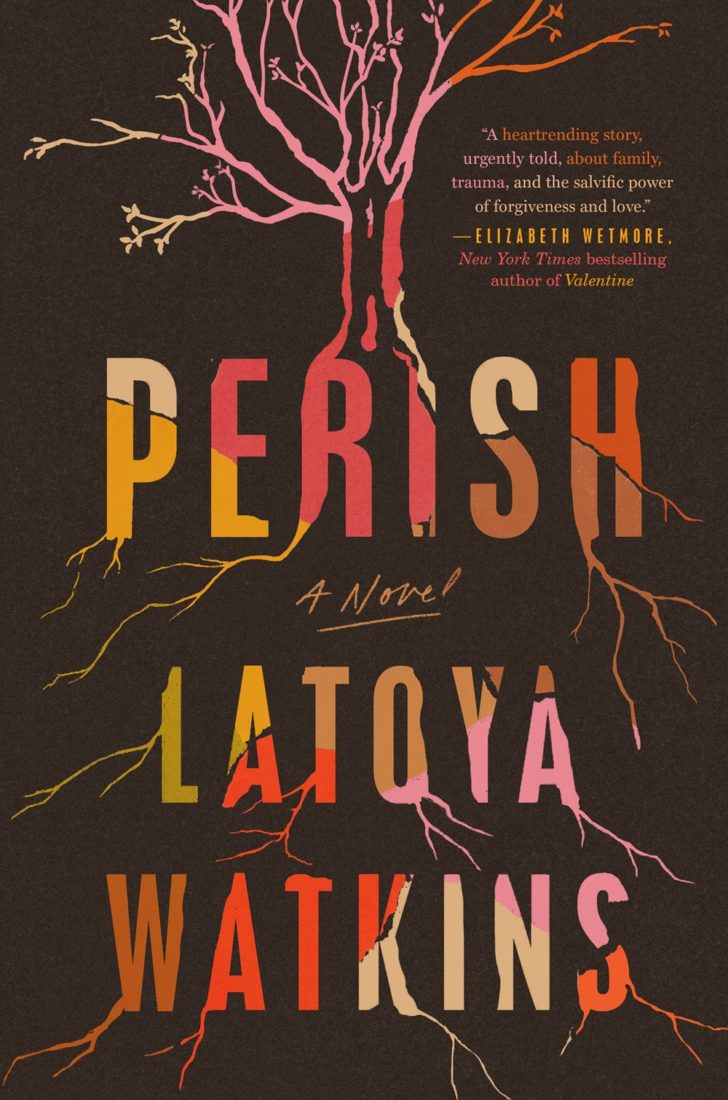
Perish, by LaToya Watkins
I love a family with secrets, and this multigenerational, multi-perspective family novel set in Texas is about a Black family whose members gather at the death bed of their matriarch. —Latria Graham


